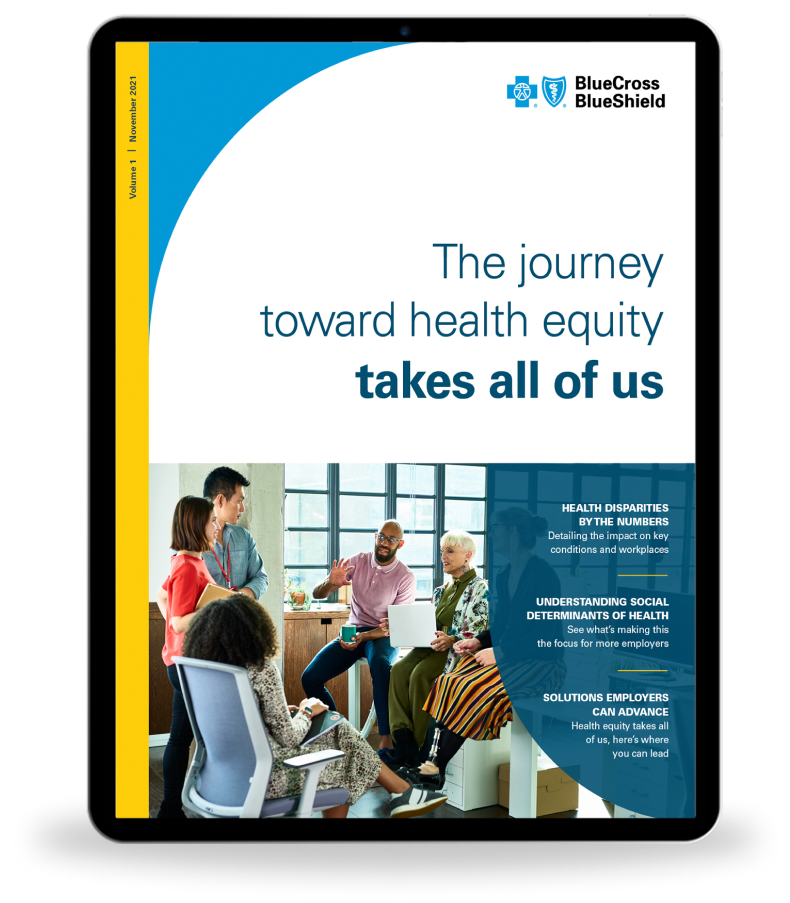Health Equity Scale of Impact
5 MIN. READ
Body
Identifying areas where health equity is suffering most, and what it’s costing employers, are the first steps in addressing what employee populations might be up against.

Throughout America, health disparities exist across key conditions that prevent oppressed and marginalized populations from receiving the care they need, causing and exacerbating a range of health issues.

There is research that’s beginning to put numbers to what health disparities may be costing employers. The findings show that addressing health equity isn’t just better for employees—but also for businesses.
Learn More
Explore our latest mini-eMagazine to learn about the health equity crisis, its impact on both employees and businesses and actionable steps you can take.
Learn More